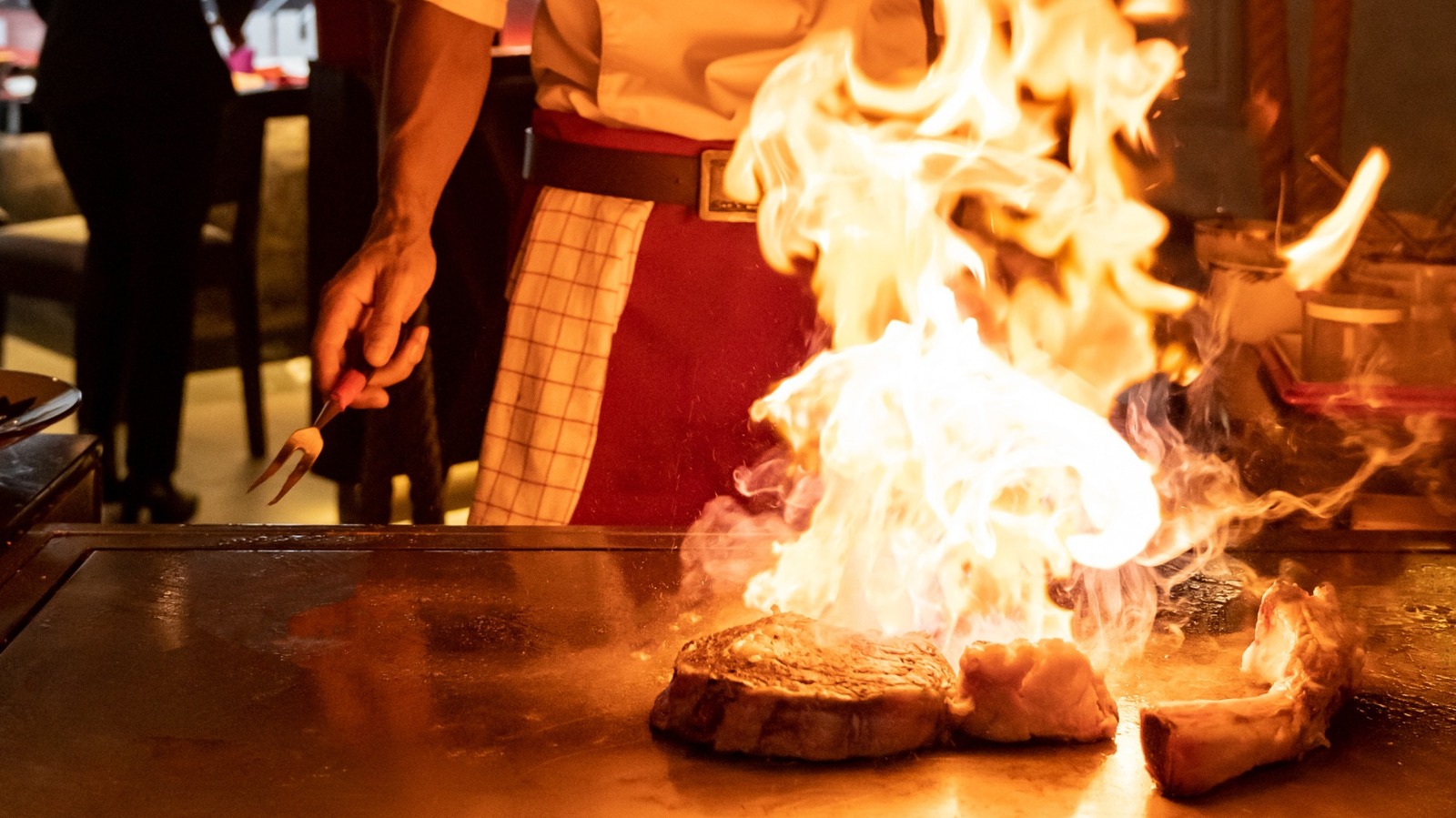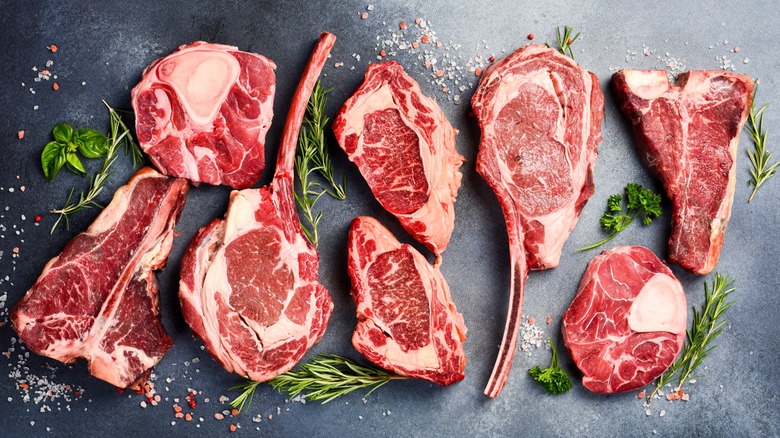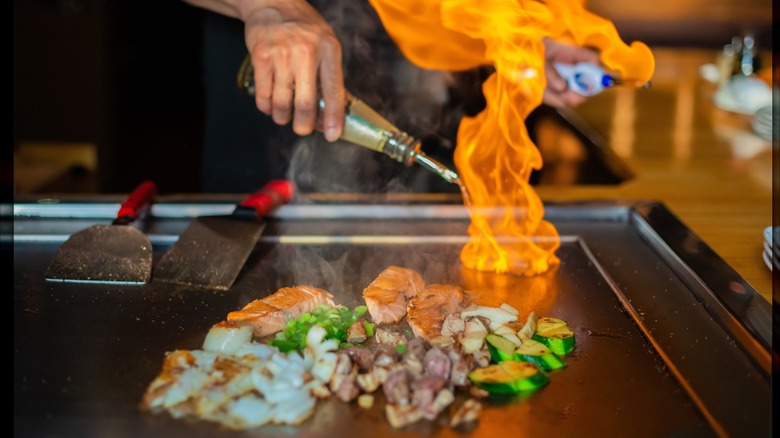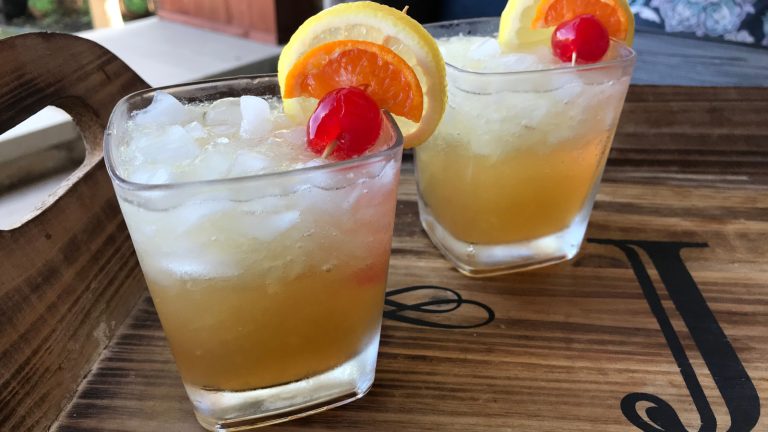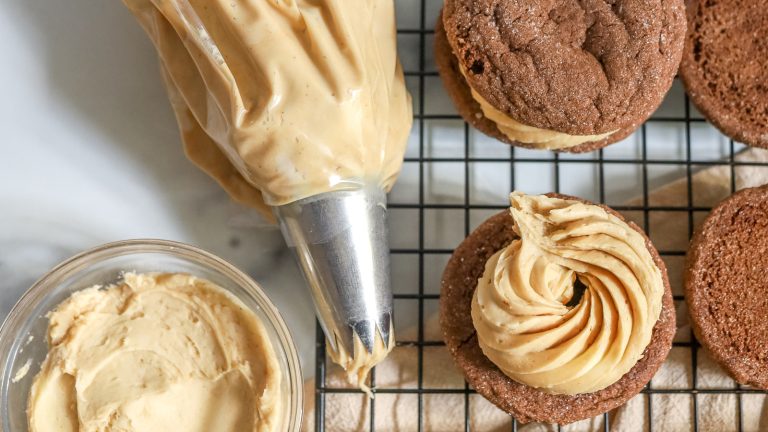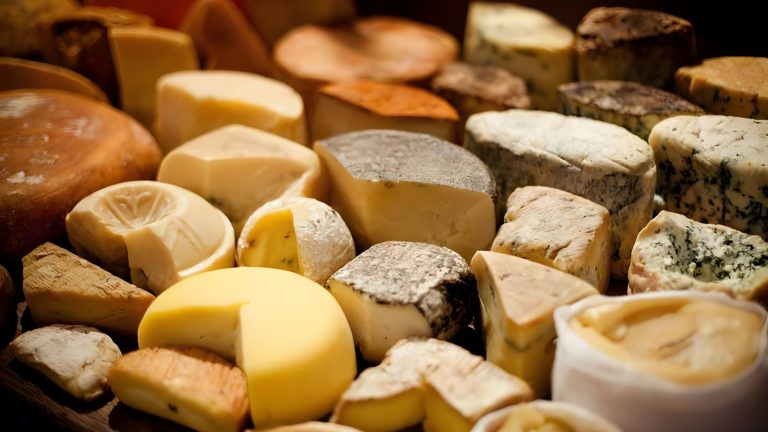No, it’s not just you. Steak from a hibachi restaurant always tastes so much better than the standard home-grilled fare. Sure, the seasoning and marinade play a factor, as well as the general atmosphere that makes an evening at a hibachi grill more than just a meal. Perhaps the biggest factor in making your hibachi experience a truly unforgettable one is the most quintessential factor of them all: It comes down to the quality and cut of the steak.
Chowhound recently spoke to Chef Steve, hibachi chef and private chef, about which cuts of steak he recommends for hibachi grilling. He exclusively gave us two options that he thinks are a cut above the rest (pun intended). He notes sirloin’s popularity in hibachi restaurants, chalking its commonality up to its low cost relative to its quality, and indeed it ranks among chefs’ preferred cuts of steak. However, for Chef Steve’s money, he prefers one cut: New York strip. In his own words, this cut “has a good amount of fat, is tender, easy to cook to [temperature], and delivers great flavor.” He’s not alone — culinary great Jacques Pépin also hails the New York strip as his preferred cut. Whether you’re at the hibachi restaurant or just looking for a good grilling option, New York strip answers the call.
What cuts should you avoid?
Sirloin and New York strip seem like two solid options for hibachi cooking, with the New York strip earning particular praise. But what cuts emerge when you look on the opposite side of the spectrum? Chowhound also raised this question to Chef Steve, who gave a surprising but logically sound answer. He recommends avoiding T-bone steaks on the hibachi grill, since “the bone makes it harder to cut and cook evenly on a flat top grill.” By this logic, then, you should look to avoid other cuts with a prominent bone in them.
This isn’t the only cut that he warns against: “Tougher cuts like chuck aren’t ideal for hibachi because they require longer cooking times and don’t offer the quick sear and tenderness hibachi is known for.” He raises a good point; hibachi is all about that “quick sear,” so naturally you should choose cuts with a tenderness that doesn’t need to be drawn out over time. If you can avoid these two hibachi red flags, then you should have seamless grilling.
What other meats work well?
Steak tends to get a lot of the spotlight at a hibachi grill, perhaps due to the variety of cuts as well as the flavorful marinade options (whether you should use marinades for hibachi steak is another conversation). But steak isn’t the be-all and end-all of hibachi — there are other meats that you can throw on the flat top grill.
There are three main meats besides steak that Chef Steve likes to use as a hibachi chef: chicken breast, shrimp, and salmon. As for why he chooses these meats, he says “they sear quickly, cook fast, and absorb flavor well while still holding their texture.” Again, quick cooking is a key factor, as is textural integrity since hibachi meats tend to be served in smaller pieces — you want meats that remain true to form when chopped up. Whether you’re a steak lover or prefer other meats, there’s something for you to enjoy at the hibachi grill.


